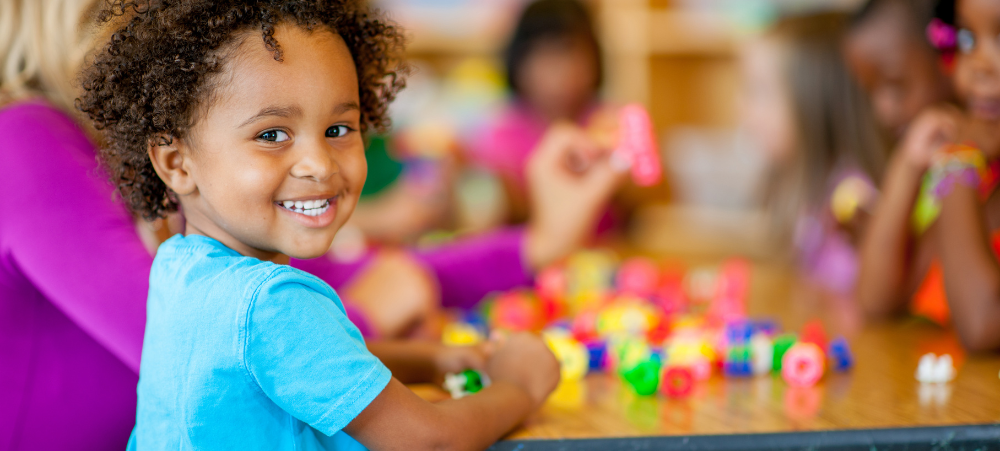Helping your child learn to read and to love reading is probably the greatest gift you can give them. Reading opens a whole world of communication, learning and imagination. So, when you help your child learn to read, you open up the whole universe for them.
Reading is not centred in just one part of the brain and that’s one of the main reasons that it can be so difficult for some children to learn to read. There are different parts of the brain that need to work together, at exactly the same time. These parts of the brain have different functions and are even on opposite sides of the brain. So the communication between all the parts of the brain needs to be at its best. Just think what you are actually doing when you read and you will realise the complexity of this wonderful pastime that we can spend so many relaxing hours doing once it is mastered.
In my work I see many children struggling to develop early reading skills and parents want to help them but often just don’t know where to begin. Very often all the input to help the child actually starts at the stage of actually reading and trying to sound out words. This is starting too high up the ladder for many children. That is why I just had to share my own experience and methods, creating a program that parents can use to build visual skills, auditory skills and develop close communication between the different parts of the brain involved in reading. A fun and games approach to developing the basic skills to really learn to read.
When we read, our brains have to link the visual codes our eyes see with the sound code that each letter represents; and visual and sound processing are done on opposite sides of the brain. There are subtle differences between the parts of the visual code (letters) as well as between the different sounds they represent. Children need to be able to recognise the similarities as well as the differences of the sounds and of the printed letters. And this has to be done in an instant!
We also have to notice the subtle differences between the different letters. For example, ‘b’ and ‘d’ are the same but just back to front and ‘t’ and ‘f’ also confuse many children who struggle with perceiving subtle visual differences. We need to be able to notice when letters are close together, making a word and when there is a small gap between the letters of different words. This is visual perception and develops through our interaction with the real world around us. From the moment we are born and we start moving our hands and legs, we are learning about where things are and what size and shape they are. The more we play with real objects and move them and move ourselves around them, the more we develop our visual perception for shape, size and special relations (what things are close together, far apart, back-to-front, upside-down). So the first thing you can do to begin preparing your child for reading is to let them play obstacle courses. Who would have thought this was step one of learning to read? By the way, spatial perception is also important to maths. So, get your child to make obstacle courses! As your child develops his control and understanding, you can let him make letters out of play-dough and draw letters in sea sand or snow or on a mirror, using shaving foam.
But knowing the shapes of letters is no good on its own. He also needs to be able to recognises and differentiate the sounds that letters represent and he must be able to separate the different sounds in the words he hears. I frequently meet children in my practice who have good a vocabulary and speak well but struggle to tell me what the first sound or last sound of a word is. When we read we are joining sounds together to make words. When we spell, we are working out the sounds in a word and then assigning the correct letter to represent that sound. Both these tasks need us to be able to notice the separate sounds that combine to make a word. We also need to be able to hear the subtle differences between the sounds: ‘ch’ and ‘sh’; the soft ‘t’ versus the harder sound of ‘d’ or ‘c’ and ‘g’. Parents can teach their children rhymes and play word games, such as “I Spy”. These games help develop the auditory processing to separate out the different sounds in words.
Play good old-fashioned games with rhyming and skipping or rhyming and clapping. This way, you will help your child develop the sense of rhythm and rhyme and the communication between both sides of the brain to help speed up his ability to link the sight of letters and words with the sound.
There is a lot you can do to help your child be ready to learn to read; and most of it is fun and games! Once you’ve helped him develop the underlying skills and enjoy playing with words and letters, he will be ready to learn to read and to love reading.
Visit the website
- Help Your Child to Read - May 25, 2017
- Why Reading With Your Child Is So Important – 5 Tips to Make it Even More Beneficial - November 25, 2016






1 thought on “Help Your Child to Read”
Superb blog you have here but I was wanting to know if you knew of any
message boards that cover the same topics discussed in this article?
I’d really like to be a part of online community where I can get responses
from other knowledgeable individuals that share the same interest.
If you have any suggestions, please let me know.
Thanks a lot!